
If you or someone you care about is using opioids in any form, it is important to have a Naloxone Nasal Spray kit to prevent injury or death associated with an opioid poisoning (overdose).
An opioid poisoning (overdose) is a medical emergency and 9-1-1 should be called any time naloxone is administered. When a person regains consciousness after receiving naloxone, they may become irritable, restless, or exhibit aggressive behaviour. If at anytime you feel your safety is at risk, you should remove yourself from the situation and call for assistance.
Naloxone or Narcan® is a drug that can temporarily reverse the effects of an opioid-related overdose. It is free of charge and available without a prescription, or health card, at a number of participating pharmacies and community partners.
Participating Pharmacies:
A number of pharmacies across Ontario provide naloxone kits onsite and at no cost. Prescription or health card not required. Visit Ontario.ca/OpioidOverdose to find a list of participating pharmacies near you.
Participating Community Organizations:
A number of local organizations provide naloxone kits to clients onsite and at no cost. Visit www.wecoss.ca to find a list of participating community organizations near you.
Naloxone training is required before you receive a naloxone kit. Participating locations will provide training; however, the WECHU has created a Naloxone Administration Client Training video for those who may be interested in learning more.
St. John's Ambulance offers a free Opioid Poisoning Response Training E-Learning Course. Learn more about this program.
The Canadian Pharmacists Association ‘How to Give Naloxone Nasal Spray for Opioid Overdoses’ video demonstrates how to use naloxone nasal spray in a few simple steps. Watch the video online.
5 Minute Naloxone Nasal Spray Training Video:
If you think someone is experiencing an opioid poisoning (overdose) call 9-1-1 and stay with the person until EMS arrives.
Watch this Naloxone Demonstration Video for a step-by-step recap of how to administer Naloxone.
If you have naloxone on-hand and someone you are with is experiencing an opioid poisoning (overdose), administer the naloxone right away. If you are unsure of what to do, or cannot remember, there are directions in the naloxone kit that are easy to follow.
An opioid poisoning (overdose) is always an emergency. After naloxone is administered, a trained health provider should conduct a thorough health assessment to be sure there are no other potential causes of the poisoning . It is also important to understand that naloxone only temporarily reverses the opioid poisoning and symptoms may return. For these reasons, 9-1-1 should always be called.
5 Steps to Respond to an Opioid Overdose Using Naloxone Nasal Spray
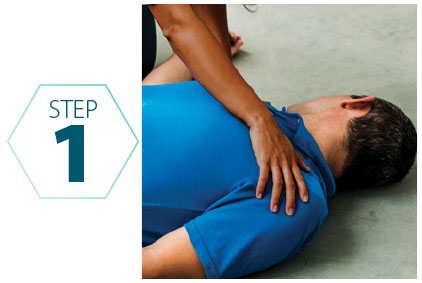
SHOUT their name
& SHAKE their shoulders
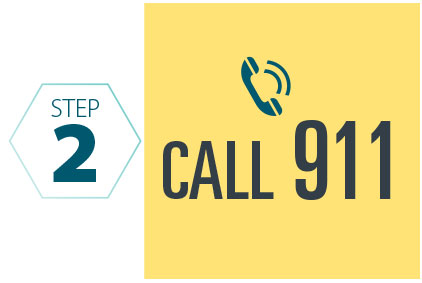
CALL 911
If they do not respond. Lay them on their back.
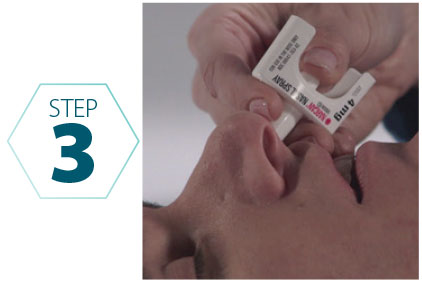
GIVE NALOXONE
Gently insert the tip of the nozzle into the nostril and press the plunger with your thumb to give the dose of naloxone. Do not test the spray.
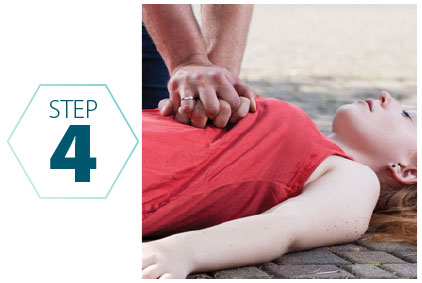
PERFORM CHEST COMPRESSIONS
(push HARD and FAST with each compression)
OR START CPR, if trained.

IS IT WORKING?
If no response after 2 to 3 minutes, repeat steps
3 and 4 (alternating nostrils) until person
responds or EMS arrives. Stay with them.
-
SIGNS of an OVERDOSE
-
Person is not responding
-
Breathing is slow or absent
-
Snoring/gurgling sounds
-
Blue fingernails or lips
-
Cold clammy skin
-
Pupils are tiny
Get a FREE naloxone kit at a local pharmacy or participating community organization.
If the person RESPONDS, place in the Recovery Position to help keep their airway open and prevent choking.
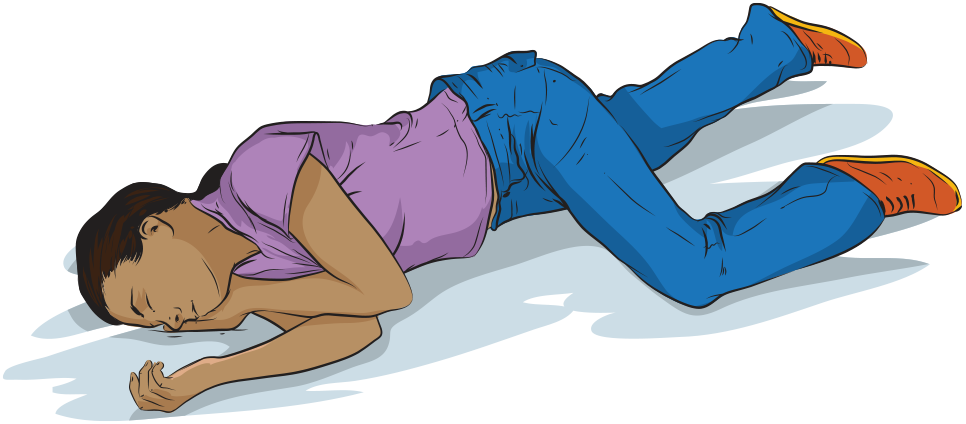
head should be tilted back slightly to open airway
hand supports head
knee stops body from rolling onto stomach
The Health Unit is committed to increasing access to harm reduction services to prevent opioid overdose-related deaths. The Ontario Naloxone Program, offered through the Health Unit, distributes Naloxone nasal spray (a drug that can temporarily reverse the effects of opioids) to eligible community organizations to distribute to their clients who use opioids or are at risk of an opioid overdose, and their friends and families. If you are interested in becoming an Ontario Naloxone Program community partner, and would like additional information, such as eligibility criteria and agency requirements, please visit our Community Partners section.
Starting June 1, 2023, employers must provide naloxone in the workplace if certain circumstances described in the Occupational Health and Safety Act apply. To learn more, visit the Government of Ontario’s Naloxone in the Workplace webpage.
Adapt Pharma Canada Ltd.
Statement on Disposal of Expired or Empty packaging of Narcan® Nasal Spray 4mg
Due to the non-biohazard nature of Narcan® Nasal Spray, Adapt Pharma Canada does not regulate customer disposal procedures.
Adapt Pharma Canada offers the below references on the various disposal methods that may be available to customers and ask that customers use their best judgment when disposing of expired product or empty containers in keeping with applicable provincial or municipal requirements where the customer resides.
Disposal options which may be of interest to customers include:
- Contacting your pharmacy or municipality for guidance to locate local medication disposal programs
- Pharmacy locations in respective provinces that participate in a Medications Return Program (“Take-back Program”)
- Municipalities and/or local police forces which offer a Take-back Program for Medications
- For larger volumes of product, Medical Waste Disposal companies - such as Stericycle or Inmar
If expired product or empty packaging must be thrown in the garbage, take the following steps:
- Remove medications from their original containers. Scratch out all identifying information on the prescription label if there is one present on the packaging. This will help protect your identity and the privacy of your personal health information.
- Hide the medications in something unappealing, such as used coffee grounds or kitty litter. This makes the drug less attractive to children and pets, and unrecognizable to people who go through the trash seeking drugs.
- Place this mixture in a closed bag, empty can or other sealed container to prevent the drug from leaking or breaking out of a garbage bag.
- Good Samaritan Overdose Wallet Card (English & French)
- Preventing an Opioid Overdose (English)
- Preventing an Opioid Overdose (Spanish)
- Save a Life Carry Naloxone Postcard (English)
- Save a Life Carry Naloxone Postcard (Spanish)
- 5 Steps to Respond To an Opioid Overdose Using Naloxone Nasal Spray (English)
- Stigma: Why Words Matter (English)
- Stigma: Why Words Matter (Spanish)
- Naloxone: Save a Life & Opioids: What Are They? (English)

